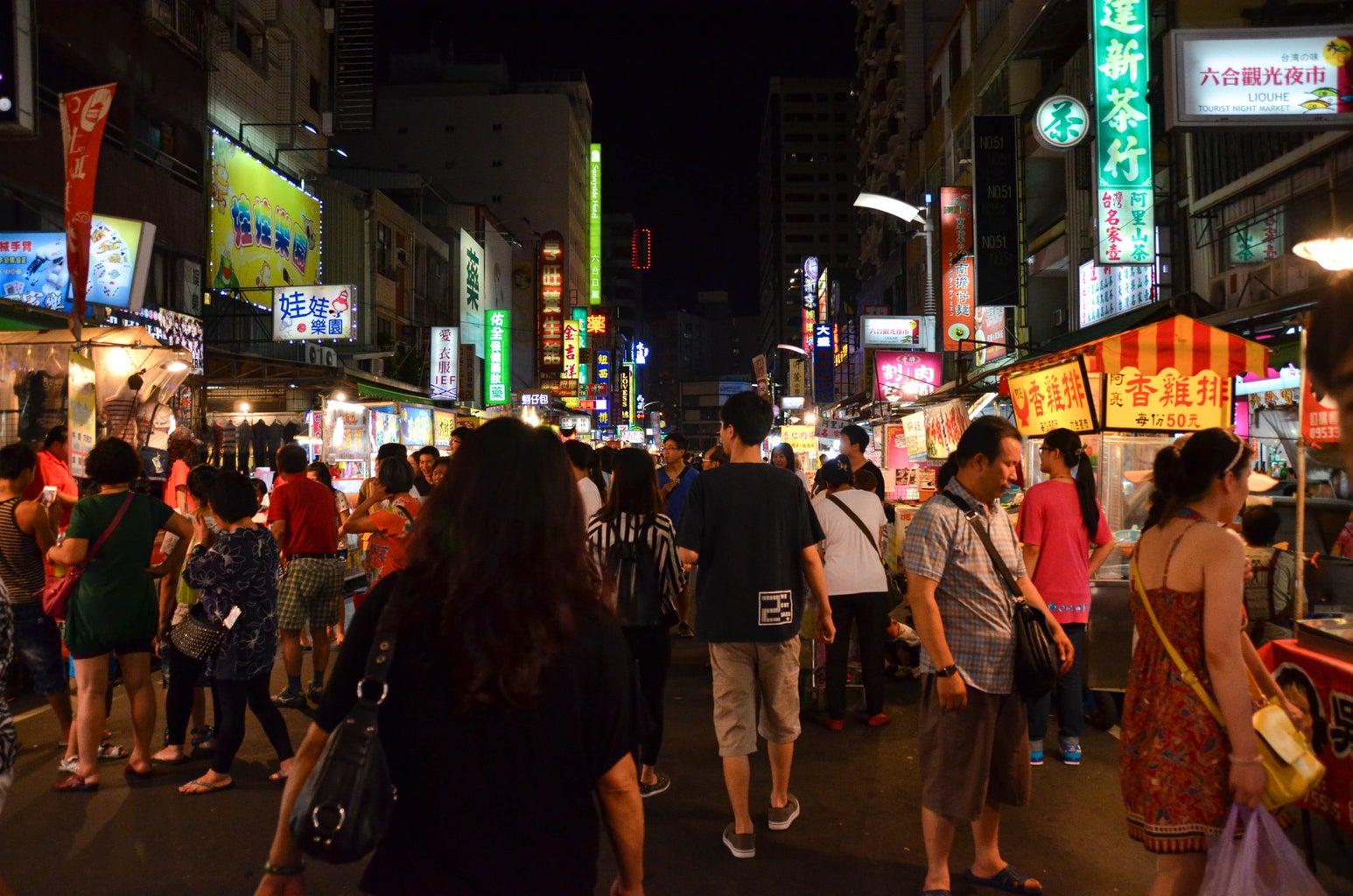
FRUiTS Magazine is a fashion photobook founded by Tokyo-based photographer Shoichi Aoki. Since 1997, he has accumulated a collection of photos for FRUiTS that explores the wave of Japanese street fashion with a focus on the diverse style subcultures in Harajuku. If you’ve never heard of Harajuku before, this subdistrict is world-famous for creating new and upcoming trends in fashion. It is one of the biggest fashion hubs in the world and FRUiTS has captured the iconic ‘90s and ‘00s era here.
In Asia, it is common practice in many families to stress success in schooling and career starting at very young ages. The social pressure built up over time in this area and eventually exploded, creating a much-needed release of creativity, which is why many of the popular street style trends in Harajuku are so extreme in nature. The culture that has developed in Tokyo has grown through many years of development and has now come to a point where creatives have the ability to take their androgynous, cute, or gothic aesthetics to the extreme ends of the scales. With so many others to pull inspiration from, people in Japan are constantly pushing the boundaries in fashion in a way that is completely unique to many other societies. FRUiTS was created as a reflection of this phenomenon and was able to thrive by simply creating a space for creative artists to emerge.
One of the biggest movements that interested Aoki was the emergence of Decora, a style that has gained a cult following inside and out of Japan. Inspired by cartoons in the ’80s, key focuses in Decora are layers of bright and colorful accessories, hairpins, and frills. The style is innocent in both internal mindset and outward display. In mainstream media, where minimalistic styles have dominated the fashion industry, many who stumble across Decora consider it to be tacky and too extra. Personally, I find that the experimentation in creative layering, silhouettes, and textures that was presented with Aoki’s work has been able to expand our perception of fashion and has allowed for a new creativity in style to emerge.
The innocent and juvenile motif that Decora plays off of is all about feeling free to push the boundaries of your comfort level and unafraid to take risks. This mindset is lost early in many of us as we grow because we become more aware of what others think of us and begin to conform in order to fit in with the crowd. In a bold style such as Decora, the strong mentality needed to express such a bold fashion choice can help rejuvenate that innocence – that mentality of disregarding what others think. The results are rewarding; it allows creative outfits that mainstream, safe-styling fashion trends would not be able to produce. The expression of individuality that Decora stylizes has been a large presence in Japan for quite some time, but through FRUiTS, it has spread interest internationally.
Shoichi Aoki’s biggest release of work in the media occurred when he paired with Tower Records, a music record store originally based in Sacramento, California. This opportunity allowed his magazine to quickly become a staple in many different designers’ and artist’s reference books in the States. This is when the magazine caught traction in many independent bookstores and gave Aoki a global presence in the fashion industry.
I first ran into FRUiTS in a Japanese bookstore-cafe hybrid called Wired Tokyo 1999 in Shibuya, Japan (which I highly recommend checking out if you ever get the chance to visit). A whole collection of Aoki’s magazines lied front and center at the entrance of the bookstore, taking up three whole rows of shelves. The whole page picture format immediately caught my attention and I ended up staying looking through his works for a good chunk of time. It was my first introduction to a publication such as his, and I have to say, it’s really unlike anything else I’ve come across. His works are resold online if you’re interested in picking one up! It’s one of my favorite purchases I made during that trip.
The outfits in Aoki’s photographs are hard to label under just one title. While one of his main interests lie in Decora, he captured everything from the extreme end of feminine styles shown in Lolita, to androgenous, goth styles, to the casual outfits of many passersby. Aoki took inspiration from the individual freedom of choice and chose to shoot any who allowed their own tastes to transpire through their outfits.
The mindset behind Aoki’s choice of shooting the bold and risk-taking styles he saw came from inspiring others to embrace their cultural background and own individual ideas of what art, beauty, and style means to them. Fashion is a chance for us to express our unique selves and our tastes. It is easy to start following trends of what is popular, but Aoki uses his work to include stylistic choices that represent how a person finds confidence and comfortability in style.
Within these different subcultures of streetwear styles in Japan, there lies a larger sense of camaraderie and belonging. For the Harajuku kids, they could always find someone who shared their same interests and style. Finding community in extreme interests is important because people can so easily ridicule those who express themselves unconventionally. But because of their flamboyant styles, creatives in Japan can find others with similar tastes as them.
In 2016 however, Aoki decided to stop his publication. “There were no more cool kids to photograph,” he said. He attributes this to the rise of fast fashion in the industry. The Harajuku style scene has become flooded with mainstream, mass-produced trends, making it harder to find the bold styles as often. While many were not happy with the discontinuation of FRUiTS, there seems to be a respect for Aoki as well for not watering down the content that he put out. It now stands as a capsule for the treasures of the everyday street style scene in 2000s Japan that Aoki documented.
That said, the fashion scene in Harajuku is far from dead. Even though the FRUiTS magazine has ceased publication, Aoki can still be found wandering the streets of Harajuku, looking to photograph the cool kids that are keeping Harajuku alive. Aoki plans to release an archive of his work through FRUiTS as well, so hopefully, we will see that published in the near future.



